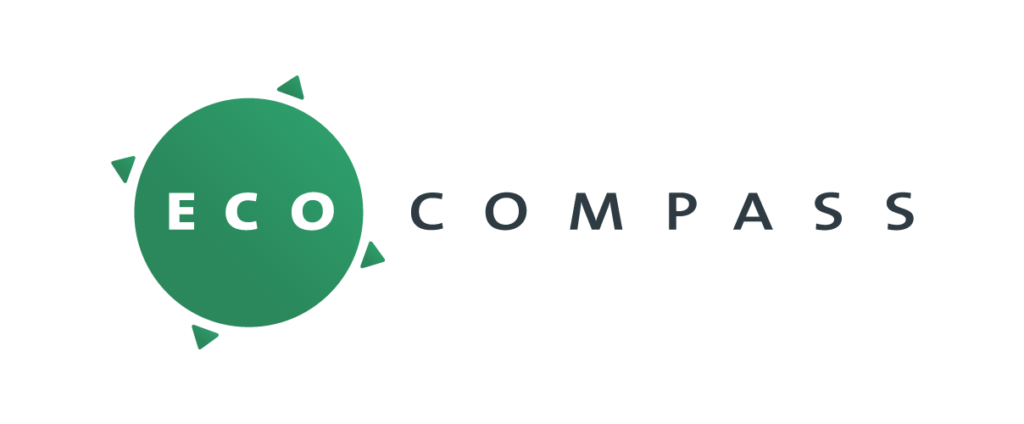Name
Kera Design Competition
Description
Concept for Reusing Kera hall’s Building Components, Competition win 2023
Client
City of Espoo
Year
2023
Size br-m²
Concept: Scope may vary depending on the building site
A society based on a fully circular economy is the only carbon-neutral society. Since construction consumes the majority of our planet’s natural resources, the built environment needs to transform into a resource bank rather than a consumption sink. We need expertise and solution models to reuse buildings at the end of their life cycle, either in their current location or through relocation.
The old industrial hall area in Kera provides an excellent opportunity to harness the dormant potential of existing structures for new construction projects. Therefore, within the framework of the competition, we designed a structural concept that enables the transformation of the framing elements of a typical industrial hall for new construction purposes.
We explored the concept of a Next-Generation Daycare Center, which has lower environmental impacts and implementation costs compared to daycare centers built from virgin materials. Sustainable development and the circular economy are promoted with future generations in mind. An educational environment built according to the principles of the circular economy is an opportunity to show children the means by which we strive for balance with our living environment.
The project was executed by Arkkitehdit Davidsson Tarkela Oy in collaboration with Lukkaroinen architects, Sabelström architects, Pontek structural engineering and Enerwex building services design.
Design Concept
The halls in Kera form a significant material bank of usable building components. At the core of our concept is the utilization of the concrete pillar-beam structure and hollow-core slabs of the Kera halls as the load-bearing structure for new buildings. The pillar-beam structure of the Kera halls consists of 10×15-meter and 5×15-meter modules, which can be replicated in accordance with the design requirements of the intended space. The halls have a clear height of 7.3 meters, making them suitable as they are for grocery stores and industrial buildings, among other uses. The space can be divided into two floors with a new intermediate floor, thus accommodating the needs of daycare centers, schools, and residential buildings, for example.
The design is based on modularity:
- The framework is built using the concrete pillars, beams, hollow-core slabs, and inner shells of the Kera halls.
- Foundations are mainly constructed using the concrete structures of the Kera halls.
- The pillar-beam structure allows for flexible space planning.
- The building’s surface area and volume correspond to the needs of the intended use, avoiding the construction of excess heated space.
- New building components are designed to be recyclable to minimize demolition waste at the end of the building’s life cycle.
- Modern insulation and new windows ensure the energy efficiency of the building.
- New concrete is mainly needed for foundation footings and floor casting.
- Connections are designed to be mechanically detachable.
This modular kindergarten, incorporating the structural parts of the old Kera halls, achieves a significantly reduced carbon footprint, reduced by approximately 40% in product stage emissions in comparison to a daycare center built with virgin materials. Beyond its sustainable design, the daycare center provides a safe and stimulating learning environment, tailored to meet the needs of children and instill a sense of environmental responsibility. This project exemplifies a comprehensive circular economy approach, integrating pedagogical activities and sustainable construction practices. It underscores the importance of ambitious pilot initiatives in driving the adoption of circular economy principles within the construction industry.











